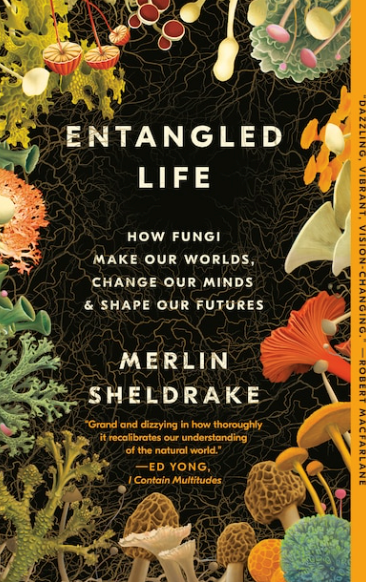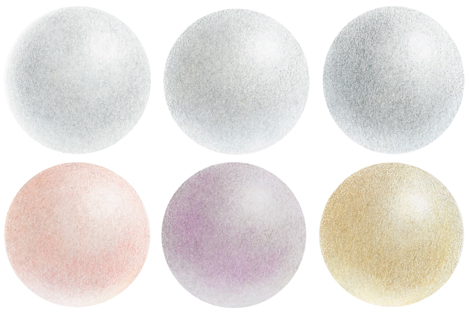The banner on the land-on page of my botanical art educational website is my painting of Armillaria mushrooms. Placing it there was a conscious decision and, inevitably, has prompted questions. “Are you aware, Margaret, that fungi are not classified as plants?” and “Should a mushroom be featured on a botanical art website?”
Yes, I am aware that fungi are not plants and have been recognized as a distinct kingdom as recently as 1969. I am also aware that more than 90 percent of the plant kingdom is entirely dependent on mycorrhizal fungi, that is, the vast majority of our food and flowering world. Fungi are also essential to life-saving antibiotics and foods created by fungi-fuelled fermentation.
My recent reading has made me aware of the vast, yet untapped, potential of fungi. Mycologist Giuliana Furci writes that “fungi are the earth’s secret miracle makers.” Our planet’s survival could depend on how wisely we channel their mostly hitherto hidden powers. Fungi are so much more than folklore and fairy rings. We need an accelerated scientific focus on the potential of fungi to help address our environmental sins of the past and to preserve our future.
My relatively recent relocation to the magnificent South Shore of Nova Scotia (where forest meets ocean) has fuelled my fascination with fungi. Within steps of my studio is a blend of mostly conifers and hardwoods—a haven for the fruiting bodies of fungi. Their variation in shape, size and of course, colour, captivate me.
While painting them in both watercolour and coloured pencils I have become aware of the vast array of subtle colours including the challenging neutrals that drift back and forth between warm and cool options. They provide coloured pencil artists with an opportunity to use every single one of the “extra” and mostly unused pencils that came in their money-saving sets. These are the colours commonly used for animal fur and human skin tones but which are usually of no interest to the majority of botanical artists. And for watercolourists, fungi provide a vast array of the palest blends that extend well beyond the “botanical grey” formula.
So, sharpen those pencils and arm your watercolour palettes. The world of neutrals and earth tones is waiting for you. And to inform yourself of how the future of our planet is supported and could be saved by fungi, read the mind-blowing book by Merlin Sheldrake, Entangled Life – how fungi make our worlds, change our minds and shape our futures.
Like Beatrix Potter and great contemporary artists such as Jean Emmons, Dianne Emery, and Alex (Sasha) Viazmensky, I will always be moved to paint them—plants or not!


